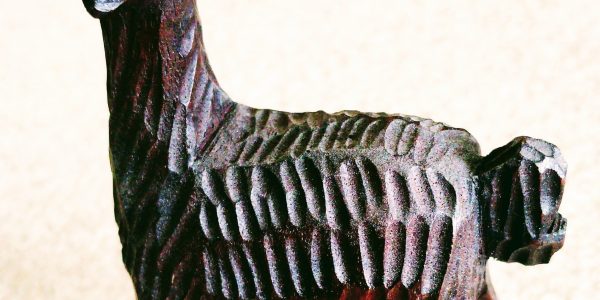LLaMas, Alpacas and Dolly 2.0: Exploring an emerging AI menagerie
April 21, 2023
There was a time when llamas were llamas and small furry creatures from Alpha Centauri were small furry creatures from Alpha Centauri. Now we have LLaMas, Alpacas and AI programmes that impersonate cloned sheep. I’ll first say something about ChatGPT, the AI chatbot that launched a hundred fury creatures, then something about another chatbot that …
Human genome editing summit, London, 2023
March 10, 2023
Ceci n’est pas un blog post. As I have no time to write anything proper for a few weeks, these are just some notes and pointers. This non-post is ‘about’ the Third International Summit on Human Genome Editing which took place at The Francis Crick Institute in London from 6 to 8 March. I couldn’t …
Bird flu – then and now
February 17, 2023
Current news about a world-wide bird flu outbreak brought back memories of 2005, dubbed then “The year of bird flu”. In an article I co-authored that year with Christopher Halliday, we noted that “[l]ately, fear of disease has been fuelled yet again by the emergence of a new highly pathogenic virus strain of avian influenza …
Climate change and health: Early and late warnings
February 10, 2023
Last week I saw various tweets from the Wellcome Trust announcing a new funding scheme that will support research on the impacts of #ClimateChange on human health, centring on communities most at risk (an announcement that by the way, was illustrated with a tryptic of photos of lone individuals dealing with a flood, a fire …
Knitting with hyperlinks: A decade of blogging
February 3, 2023
Ten years ago, I was walking down the corridor in the School of Sociology and Social Policy building, when I bumped into Adrian Mateo, who was then Faculty marketing manager. I knew him from various engagement events related to projects I was involved in at the time. We chatted a bit and he suddenly asked …









